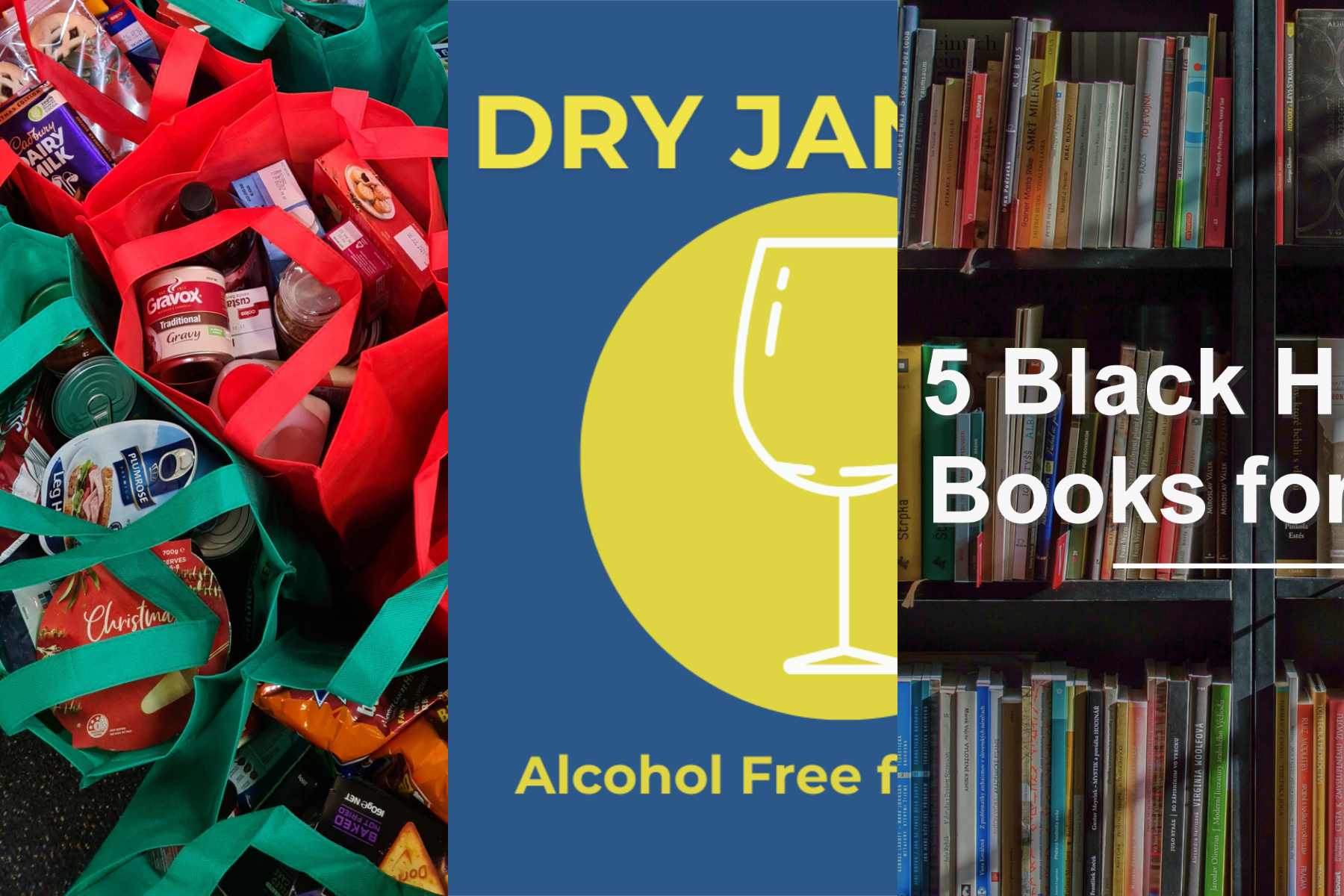We recently discussed why (and how) to connect your organization’s communications to awareness dates.
Now, let’s delve into real-life examples where we saw organizations effectively leverage awareness dates to drive meaningful engagement and positive change.
These are great examples to learn from.
Advancing Food Security (Northern Virginia Family Service)
Northern Virginia Family Service (NVFS) leveraged attention during Hunger Action Month last September to raise awareness about its Hunger Resource Center and the issue of food insecurity in the community.
They used media hits, social media posts, and email campaigns. Plus, they tied in how cuts to the Supplemental Nutrition Assistance Program (SNAP) earlier in the year are impacting families in the region. The SNAP cuts were something that they’d brought attention to when they first happened. In timely local media coverage, NVFS’s President and CEO Stephanie Berkowitz provided insights into the cuts and advocated for Northern Virginia families in need.
With NVFS’s long-term commitment to the cause, connecting their communications to Hunger Action Month made perfect sense.
Promoting Dry January (Samaritan Inns)
Samaritan Inns, a nonprofit that provides shelter, addiction treatment, and other services to people who are homeless in D.C., published a blog post titled “The Positive Impact of Dry January.”
By targeting a general audience and sticking to the benefits of abstaining from alcohol as well as tips for staying sober through the month, Samaritan Inns was able to capture interest in Dry January while providing valuable information for readers.
With their mission focused on addiction treatment, they have a clear connection to Dry January and insights worth sharing.
Amplifying Juneteenth (United Way of the National Capital Area)
In commemoration of Juneteenth, United Way of the National Capital Area (United Way NCA) put together a selection of five Black history books for kids and shared their list on social media.
There are two reasons this connection worked:
- By promoting books that help educate the next generation on the history of Black Americans and the continued fight for racial equity, United Way NCA was able to participate in an important day.
- The post showcased the organization’s genuine connection to the communities in which it works. It wasn’t self-promotional. Rather, it made use of their platform to advocate for an important cause.
With an approach like this, organizations can foster goodwill and strengthen ties with their communities while advancing causes that matter to them.
Why These Connections to Awareness Dates Work
The success of these examples lies in their alignment with the core values and sustained dedication of each organization.
It wasn’t about leveraging awareness dates to promote their brands. It was about seizing the opportunities to boost the impact of their work. These occasions seamlessly integrated with these organizations’ ongoing initiatives and overarching goals.
All three examples underscore the importance of authenticity, relevance, and commitment when connecting with awareness months. They’re great models to follow if you’re looking to connect your organization to similar observances—and leave a lasting impact.

